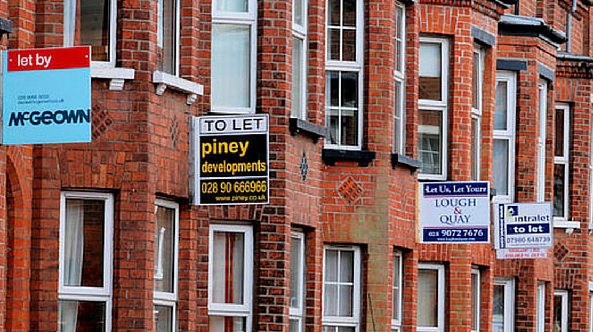The Bank of England is retaining its base interest rate at 0.1% and has warned lenders to prepare for the possibility of negative interest rates in the future. What would this mean for savers and borrowers?
The Bank of England’s Monetary Policy Committee voted unanimously to maintain the base bank rate at 0.1%. In March 2020, interest rates were first moved down to this level, which is the lowest ever recorded rate, in an emergency response to the coronavirus pandemic.
In recent months, the UK’s economy has been impacted by an increase in COVID-19 cases and the reimposition of a lockdown. At the end of 2020, GDP growth slowed. However, it is expected to recover throughout 2021. The rollout of the vaccination program could lead to the easing of restrictions in due course.
The Bank of England has also told lenders and banks to prepare for negative interest rates in the next six months. This has been previously discussed. However, the Bank of England has never asked lenders to take steps to prepare for this until now.
Although, this does not necessarily mean a negative interest rate will happen after six months. The current inflation rate is at 0.6%. If inflation increases closer to the 2% target, it will become less likely that the rate will hit negative territory. However, the Bank of England wants to ensure this could be an option if necessary to boost the economy.
Challenges for savers
Interest rates on savings accounts have already taken a hit since the beginning of the pandemic. A negative base rate would likely lead to more saving accounts offering 0% interest or only slightly above that. And banks may start considering fees for current accounts as well. This could make it even more challenging for some to save up for a deposit on a mortgage.
As mortgage availability is still not back to pre-pandemic levels, this could also cause many people to have to rent for longer. The number of mortgages available at higher loan-to-value (LTV) rates is making it especially difficult. Many may have to push back plans to step onto the property ladder.
Market conditions in the past year have made it particularly difficult for first-time buyers. The new Help to Buy scheme, which is open for applications, could provide a helping hand to many wanting to step onto the ladder for the first time. Additionally, more choice and better rates are returning to the market for 90% LTV mortgages.
Competitive mortgage interest rates
At the end of 2020, mortgage approvals were at a 13-year high as homebuyers and investors looked to lock in stamp duty savings and low interest rates. If the base interest rate drops into negative territory, new mortgages could become cheaper. Although, buyers with larger deposits are already able to secure low interest rates.
Recently, mortgage rates and fees have been on the rise, but they are still lower than pre-coronavirus levels. For borrowers on tracker and variable rates, borrowers could see a reduction in their mortgage payments if the base interest rate is lowered. Those with an interest-only mortgage could see rates drop as well. However, most mortgage contracts have a limit on how low the interest rate can drop.
With lockdown restrictions still in place, the future of the mortgage market is uncertain. While the stamp duty holiday and furlough scheme could be coming to an end soon, future affordability could be an issue for some. This could cause low mortgage rates to begin to wind up.
If you are looking to take out a mortgage, talk to a mortgage adviser to determine what mortgage type is best suited to your personal circumstances at this time.
At BuyAssociation, we specialise in property investment opportunities across the UK. We also work with a number of partners, including mortgage specialists, who we can put you in contact with. Get in touch for more information.










